Subgenus Cynoxylon | Higher classification Dogwood | |
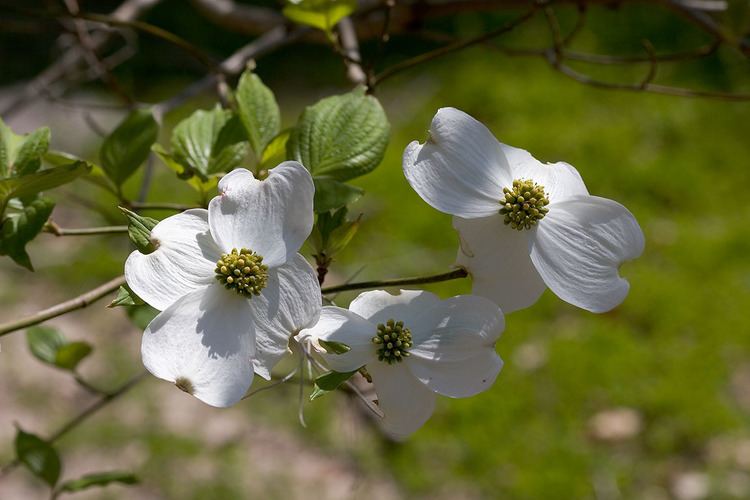 | ||
Similar Dogwood, Kousa dogwood, Cornaceae, Eastern redbud, Cornus controversa | ||
Plant portrait flowering dogwood cornus florida
Cornus florida (flowering dogwood) is a species of flowering plant in the family Cornaceae native to eastern North America and northern Mexico. An endemic population once spanned from southernmost coastal Maine south to northern Florida and west to the Mississippi River. The tree is commonly planted as an ornamental in residential and public areas because of its showy bracts and interesting bark structure.
Contents
- Plant portrait flowering dogwood cornus florida
- Flowering dogwood cornus florida how to grow dogwood tree
- Classification
- Description
- Cultivation
- Propagation
- Historical uses
- References
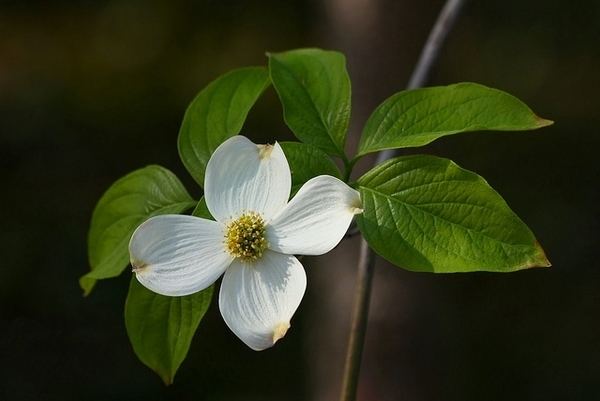
Flowering dogwood cornus florida how to grow dogwood tree
Classification
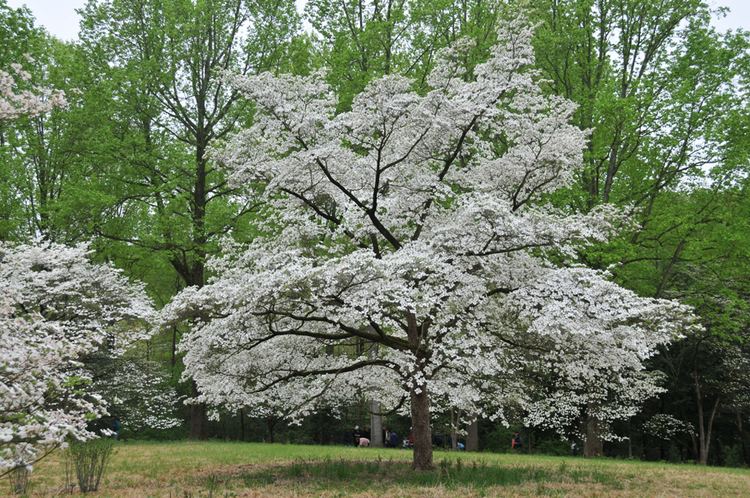
The flowering dogwood is usually included in the dogwood genus Cornus as Cornus florida L., although it is sometimes treated in a separate genus as Benthamidia florida (L.) Spach.
Two subspecies are generally recognized:
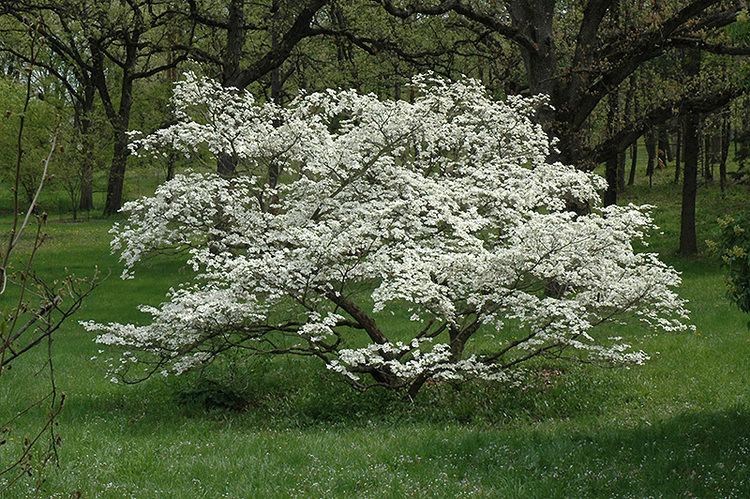
Description

Flowering dogwood is a small deciduous tree growing to 10 m (33 ft) high, often wider than it is tall when mature, with a trunk diameter of up to 30 cm (1 ft). A 10-year-old tree will stand about 5 m (16 ft) tall. The leaves are opposite, simple, ovate, 6–13 cm (2.4–5.1 in) long and 4–6 cm (1.6–2.4 in) broad, with an apparently entire margin (actually very finely toothed, under a lens); they turn a rich red-brown in fall.

The flowers are individually small and inconspicuous, with four greenish-yellow bracts 4 mm (0.16 in) long. Around 20 flowers are produced in a dense, rounded, umbel-shaped inflorescence, or flower-head, 1–2 cm (0.39–0.79 in) in diameter. The flower-head is surrounded by four conspicuous large white, pink or red "petals" (actually bracts), each bract 3 cm (1.2 in) long and 2.5 cm (0.98 in) broad, rounded, and often with a distinct notch at the apex. The flowers are bisexual.
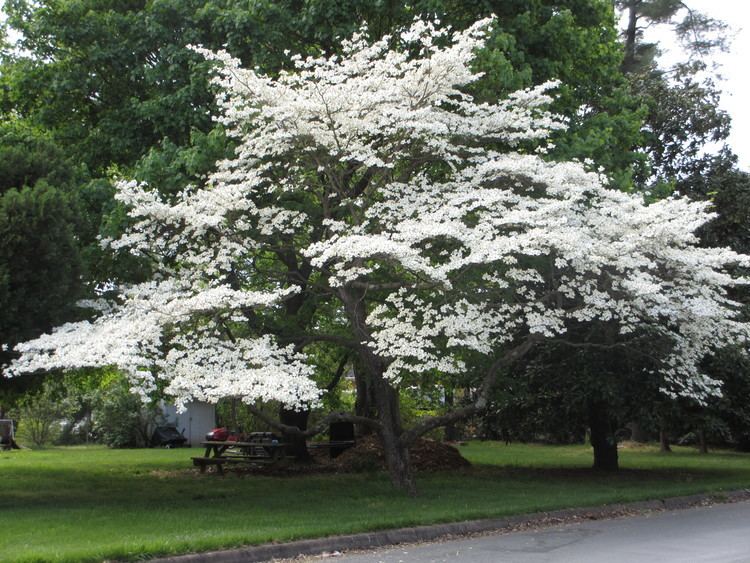
When in the wild they can typically be found at the forest edge and frequently on dry ridges. While most of the wild trees have white bracts, some selected cultivars of this tree also have pink bracts, some even almost a true red. They typically flower in early April in the southern part of their range, to late April or early May in northern and high altitude areas. The similar Kousa dogwood (Cornus kousa), native to Asia, flowers about a month later.
The fruit is a cluster of two to ten separate drupes, (fused in Cornus kousa), each 10–15 mm (0.39–0.59 in) long and about 8 mm (0.31 in) wide, which ripen in the late summer and the early fall to a bright red, or occasionally yellow with a rosy blush. They are an important food source for dozens of species of birds, which then distribute the seeds.
Cultivation
Flowering dogwood does best horticulturally in moist, acidic soil in a site with some afternoon shade, but good morning sun. It does not do well when exposed to intense heat sources such as adjacent parking lots or air conditioning compressors. It also has a low salinity tolerance. The hardiness zone is 5–9 and the preferred pH is between 6.0–7.0. In urban and suburban settings, care should be taken not to inflict mower damage on the trunk or roots, as this increases the tree’s susceptibility to disease and pest pressure.
In regions where dogwood anthracnose is a problem, homeowners and public land managers are encouraged to know the symptoms and inspect trees frequently. The selection of healthy, disease-free planting stock is essential and transplanting trees from the forest should be avoided. Sites should be selected for reasonably well-drained, fertile soils; full sun is recommended in high-hazard areas (such as stream or pond banks). New plantings should be mulched to a depth of 5 to 10 cm (2 to 4 in), avoiding the stem. Dead wood and leaves should be pruned and completely removed and destroyed yearly. Plants should be watered weekly during droughts, with watering done in the morning, avoiding wetting the foliage. Registered fungicides can be applied when necessary, according to manufacturers instructions and advice of local Extension Service.
Flowering dogwood is grown widely throughout the temperate world.
Propagation
Cornus florida is easily propagated by seeds, which are sown in the fall into prepared rows of sawdust or sand, and emerge in the spring. Germination rates for good clean seed should be near 100% if seed dormancy is first overcome by cold stratification treatments for 90 to 120 days at 4 °C (39 °F). Flowering dogwood demonstrates gametophytic self-incompatibility, meaning that the plants can’t self-fertilize. This is important for breeding programs as it means that it is not necessary to emasculate (remove the anthers from) C. florida flowers before making controlled cross-pollinations. These pollinations should be repeated every other day, as the flowers must be cross-pollinated within one or two days of opening for pollinations to be effective.
Softwood cuttings taken in late spring or early summer from new growth can be rooted under mist if treated with 8,000 to 10,000 ppm indole-3-butyric acid (IBA). In cold climates, potted cuttings must be kept in heated cold frames or polyhouses the following winter to maintain temperatures between 0 and 7 °C (32 and 45 °F). Although rooting success can be as high as 50–85%, this technique is not commonly used by commercial growers. Rather, selected cultivars are generally propagated by T-budding in late summer or by whip grafting in the greenhouse in winter onto seedling rootstock.
Micropropagation of flowering dogwood is now used in breeding programs aiming to incorporate resistance to dogwood anthracnose and powdery mildew into horticulturally and economically important cultivars. Nodal (axillary bud) sections are established in a culture of Woody Plant Medium (WPM) amended with 4.4 µmol/L 6-Benzyladenine (BA) to promote shoot growth. Rooting of up to 83% can be obtained when 5–7 week-old microshoots are then transferred to WPM amended with 4.9 µmol/L IBA.
Historical uses
Other old names now rarely used include American Dogwood, Florida Dogwood, Indian Arrowwood, Cornelian Tree, White Cornel, White Dogwood, False Box, and False Boxwood. This species has in the past been used in the production of inks, scarlet dyes, and as a quinine substitute. The hard, dense wood has been used for products such as golf club heads, mallets, wooden rake teeth, tool handles, jeweler’s boxes and butcher’s blocks. Cornus florida is the state tree and flower of Virginia. It is also the state tree of Missouri and state flower of North Carolina. It was used to treat dogs with mange, which may be how it got its name. The red berries are edible, but do not taste good.
In 2012, the United States sent 3,000 dogwood saplings to Japan to commemorate the 100 year anniversary of the Washington D.C. cherry trees given as a gift to the U.S. by Japan in 1912.
